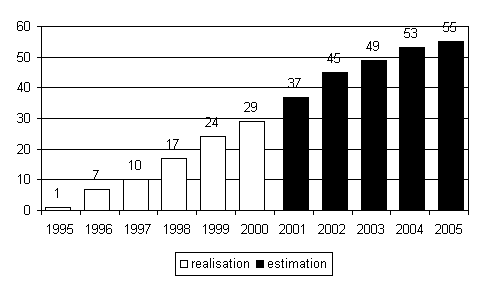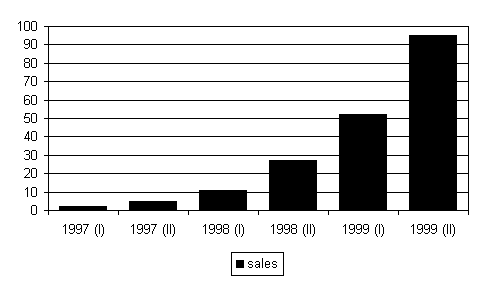by Hugo Priemus
Hugo Priemus
Managing Director OTB Research Institute for Housing, Urban and Mobility Studies
Delft University of Technology
Thijsseweg 11, 2629 JA Delft
Spatial Impacts of ICT: Changing Differences and Changing Inequalities (Short note)
Since Toffler�s �The third wave� it has generally been supposed that the ICT explosion will have substantial direct and indirect spatial impacts on human behavior. In this contribution we specify and underpin expectations about the character and spatial implications of these changes.
A first expectation is the emergence of a new origin of inequalities: after inequalities in income, education and ethnicity, the divide between the �connected� and the �unconnected� will gain ground. Needless to say, this new divide is not unrelated to the old socio-economic and cultural divides and could very well intensify existing inequalities.
A second supposition is that the growing use of ICT will impact strongly on the time-space budgets of individuals and households. It is supposed that ICT will strengthen developments towards individualization. People will live in two worlds at the same time: the �real� world and the �virtual� world. This division leads to increasing fragmentation of life: people live, work, and play at more places during shorter time intervals. ICT moves us to a zap culture which could have spatial impacts at different levels: the dwelling, the neighborhood, the city, and the use of infrastructure.
A third expectation is that the variety of functions within a dwelling will increase. The home will be the place not only for consumptive activities, but also for work, learning, shopping, banking, and many specifically recreational activities. The demand will grow to combine these different functions in one dwelling: when one household member is at home teleworking, the others must have the opportunity to sleep, watch television, or follow a course.
A fourth expectation is that the tendency to combine different functions at neighborhood level will increase. This expectation relates especially to housing and employment, which will be less separate in time and space than (since the industrial revolution) has traditionally been the case.
A fifth supposition is that the economic vitality of the (central) cities will be strengthened by the ICT revolution and that as a result the economic divide between the central city and the suburb will decline. The spatial integration of home and employment will change urban forms. Cities and urban regions will develop into true network cities in which traffic infrastructures, IT infrastructures, and ecological water and green structures will determine the spatial development of cities and urban regions. At the same time an increase in mobility, the scale of labor and housing markets, and a development from mononuclear to polynuclear urban configurations can be anticipated.
Finally, a sixth expectation is that the ICT revolution will lead to a more efficient and intensive use of traffic infrastructure. The development of automation in the transport of passengers and freight would enlarge the capacity of the infrastructure. The fragmentation of life would reduce congestion and lead to a crisscrossing of traffic, as a result of which traffic infrastructure would be better used. Road pricing could support an efficiency increase in the use of infrastructure.
The expectations and suppositions specified above could form the base of an exciting research agenda for spatial sciences in the years to come.
Figure 1 Internet use in the Netherlands (as a percentage of the total population)
Source: Heliview 2000; EIM 1999; Booz, Allen & Hamilton 1999, Pro Activ International 2000;
processed by Stec Group.
Figure 2 On-line sales in millions of euros, per half year in the Netherlands
Source: Blauw New Media Consulting in NRC, 2000, quoted in Stec Groep, 2000.
Figure 3 Share of teleworkers per sector, 1998 and 2001 (in %)
Source: Research voor Beleid [Research for Policy], 1999.